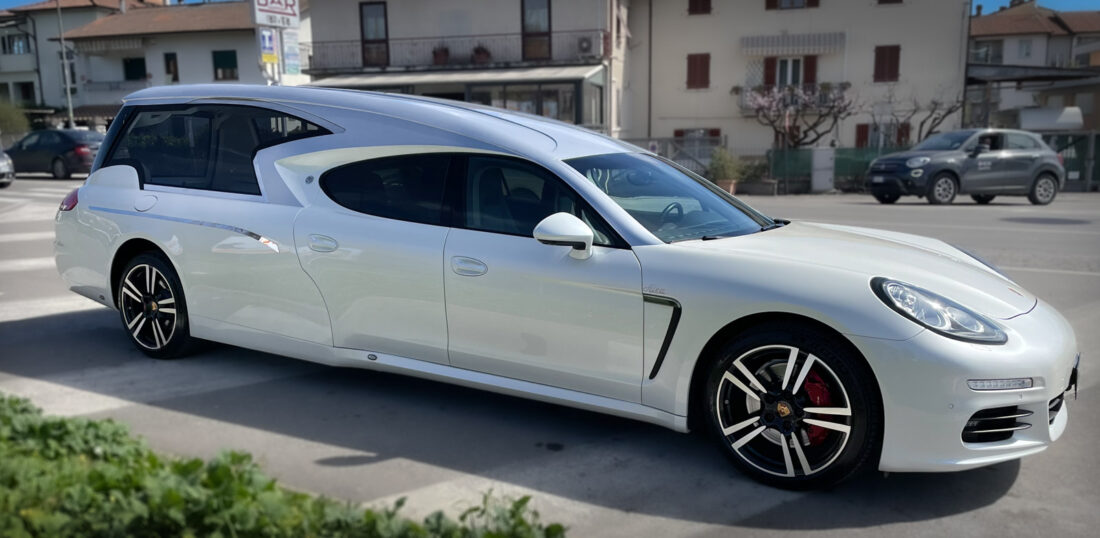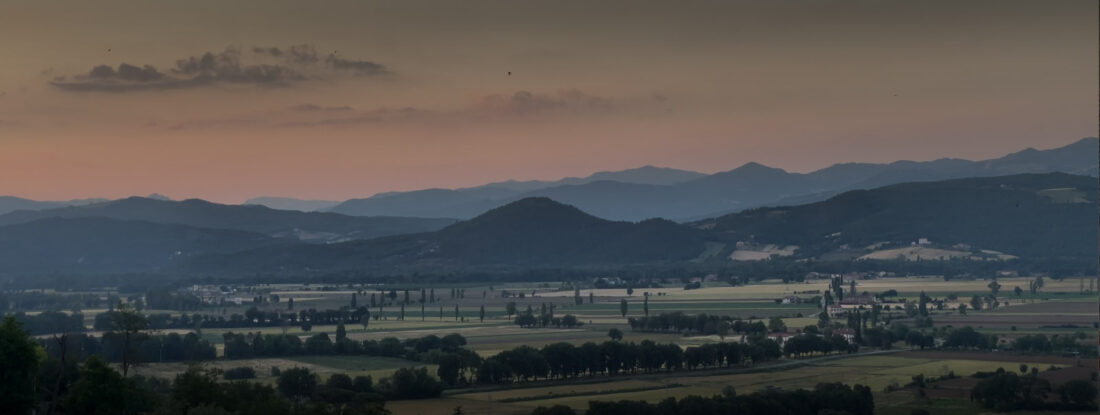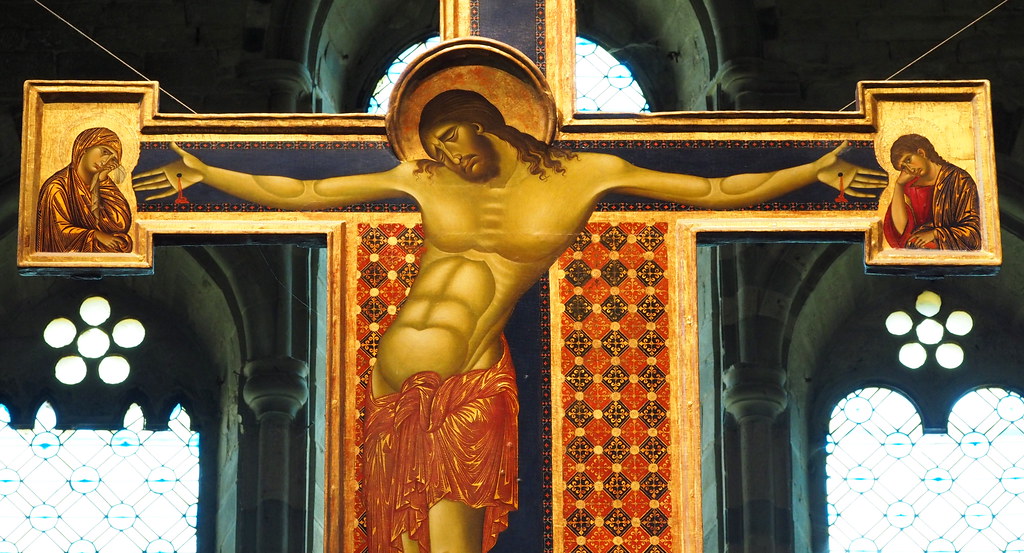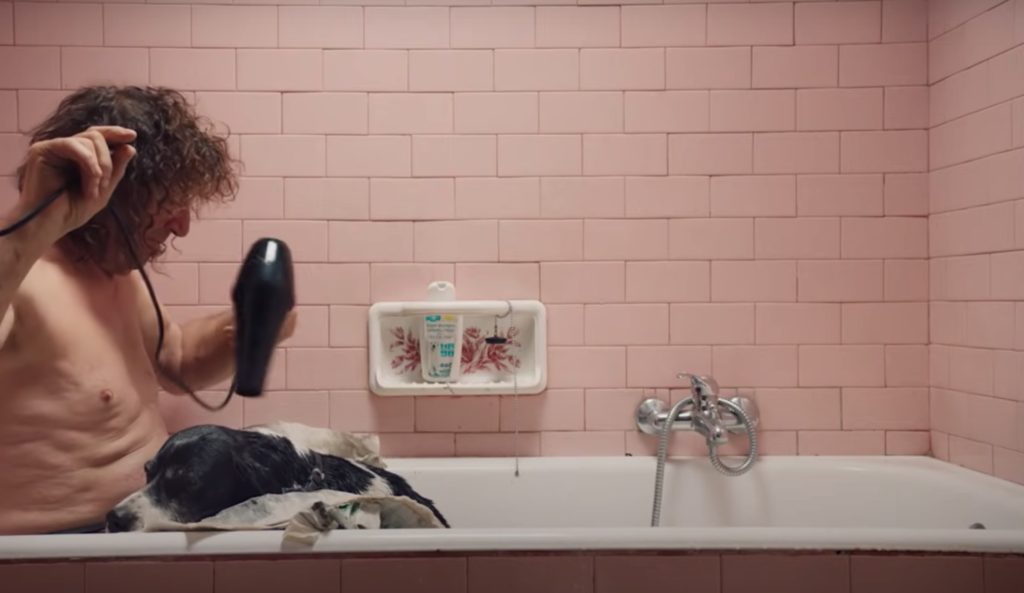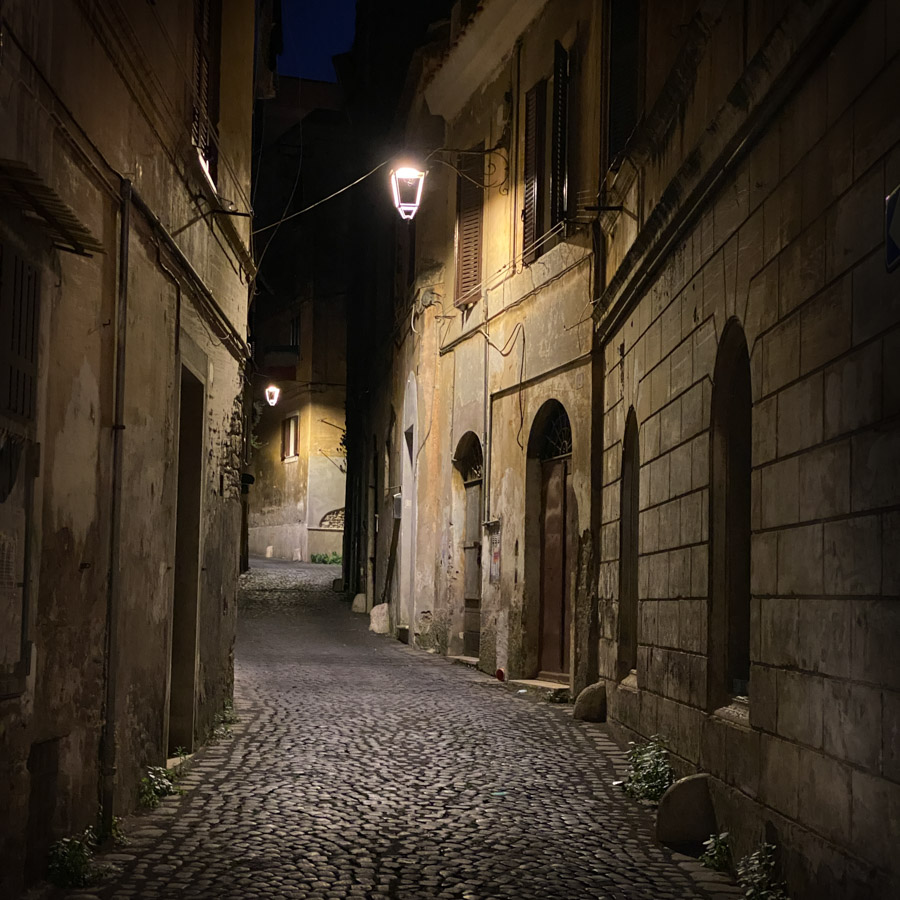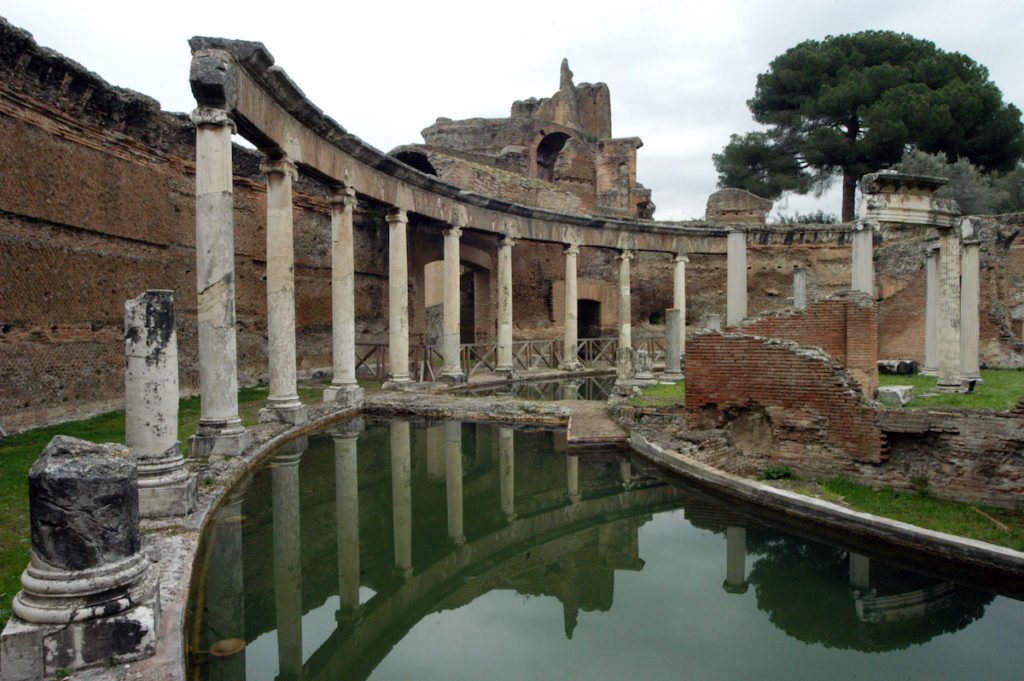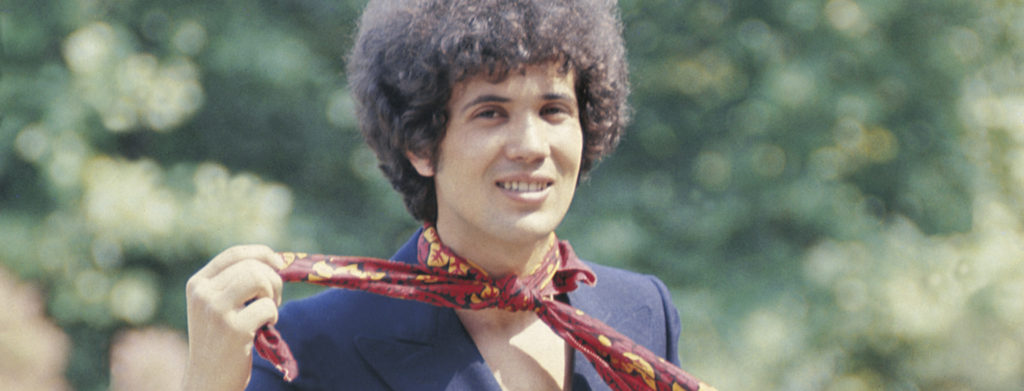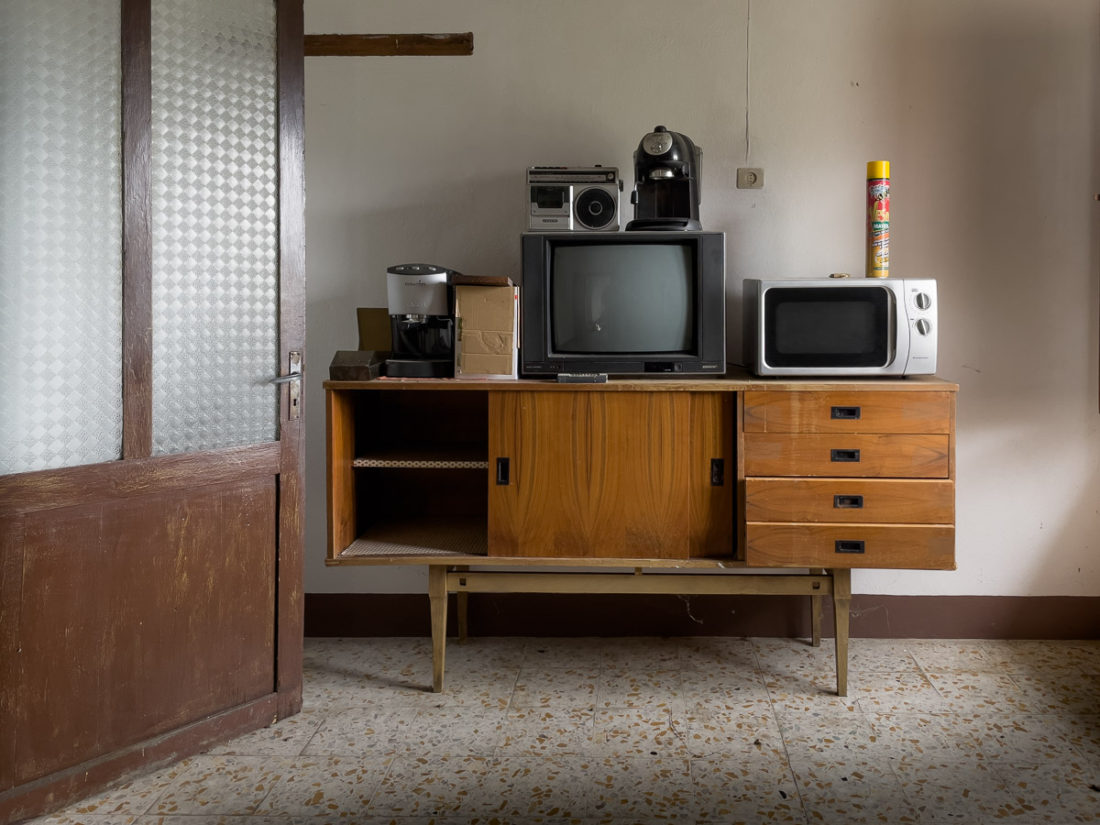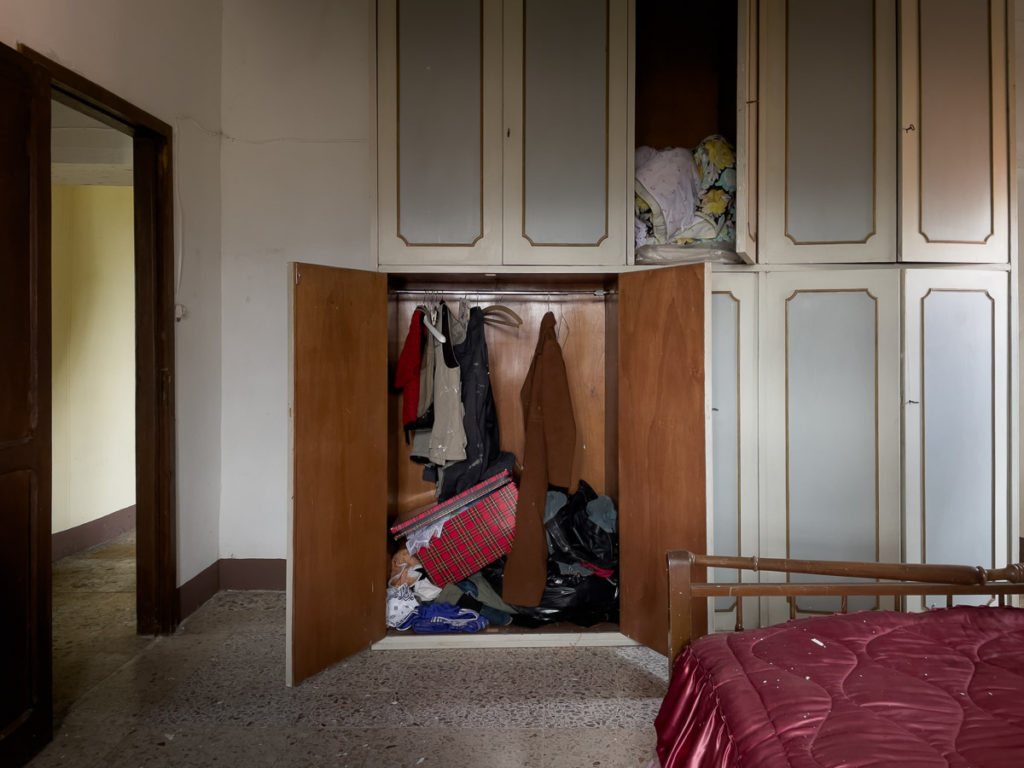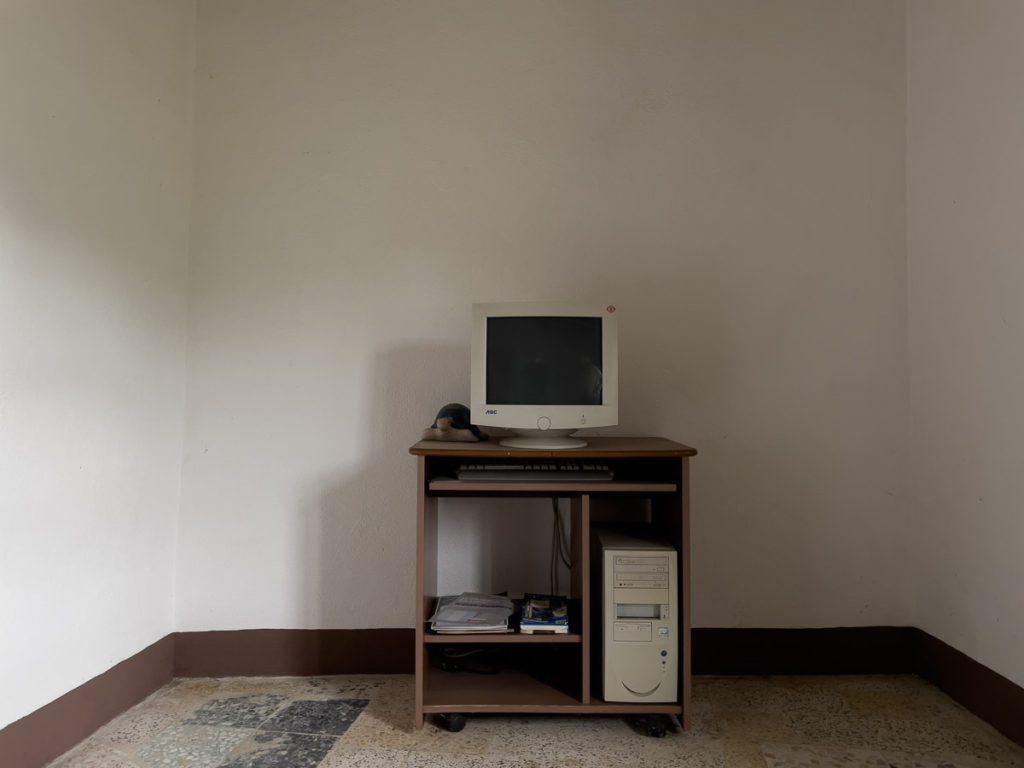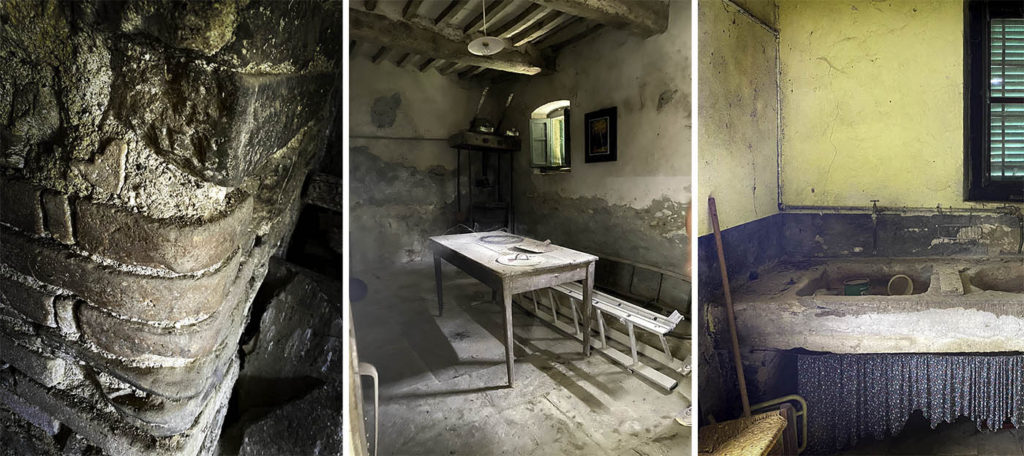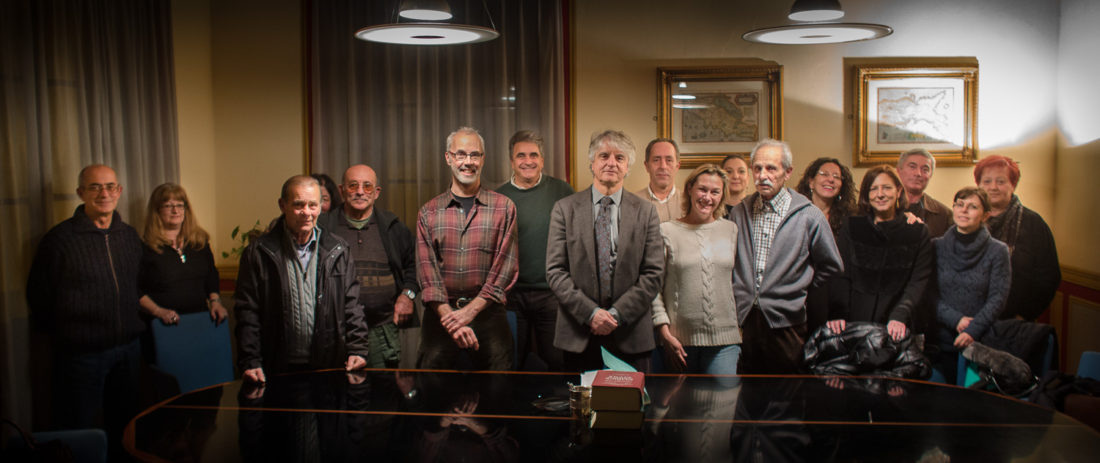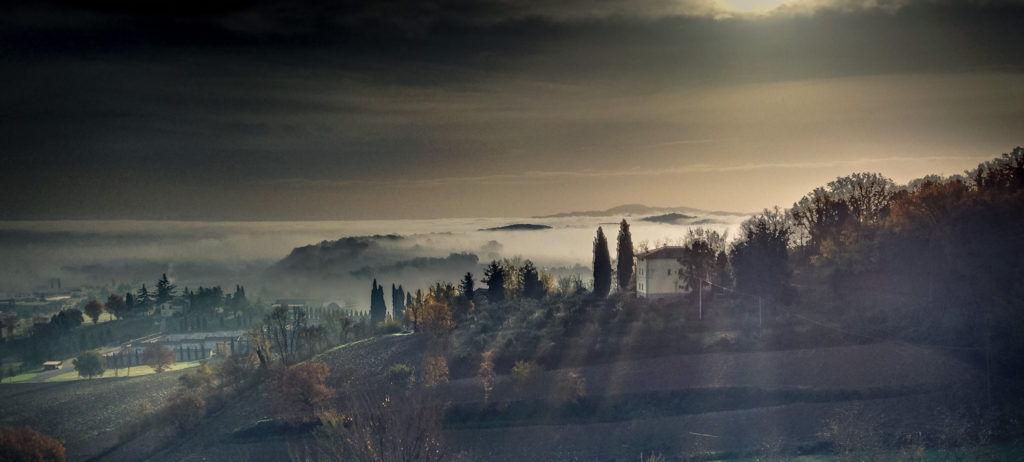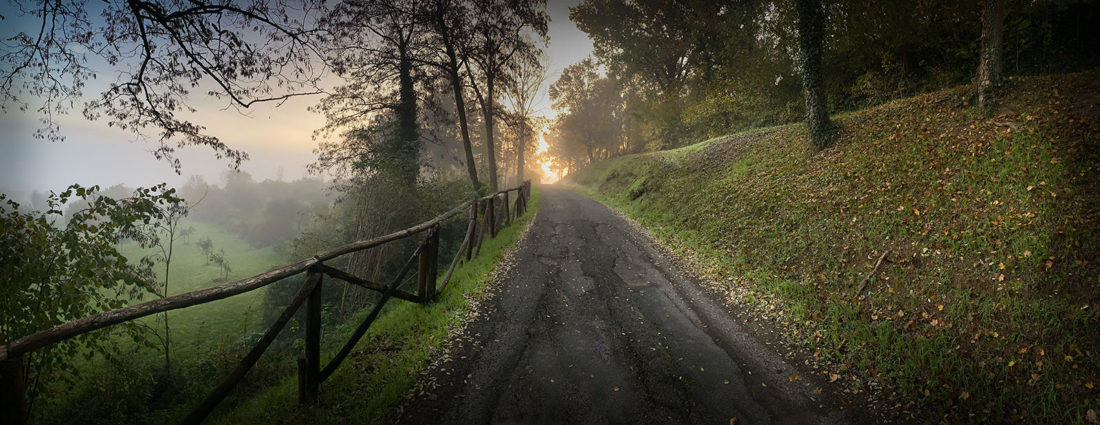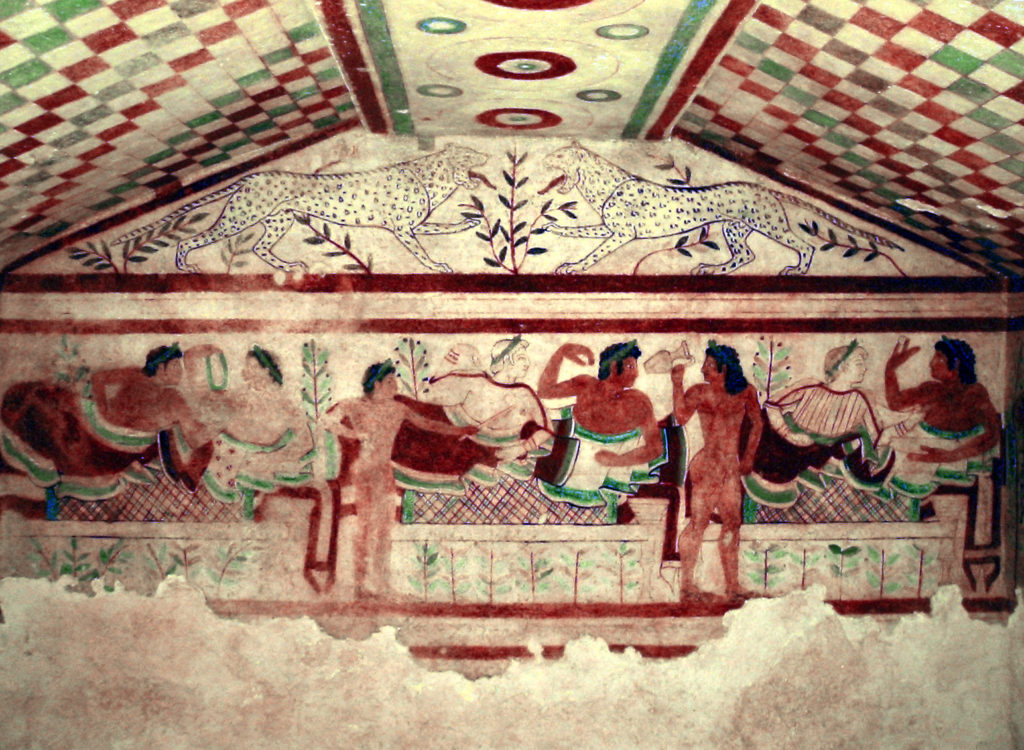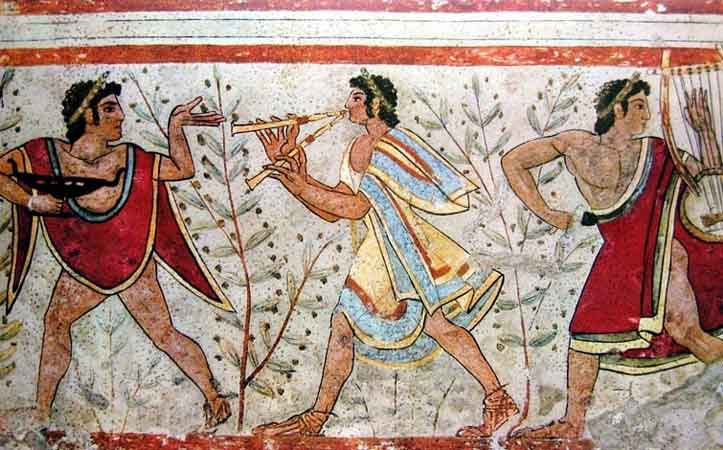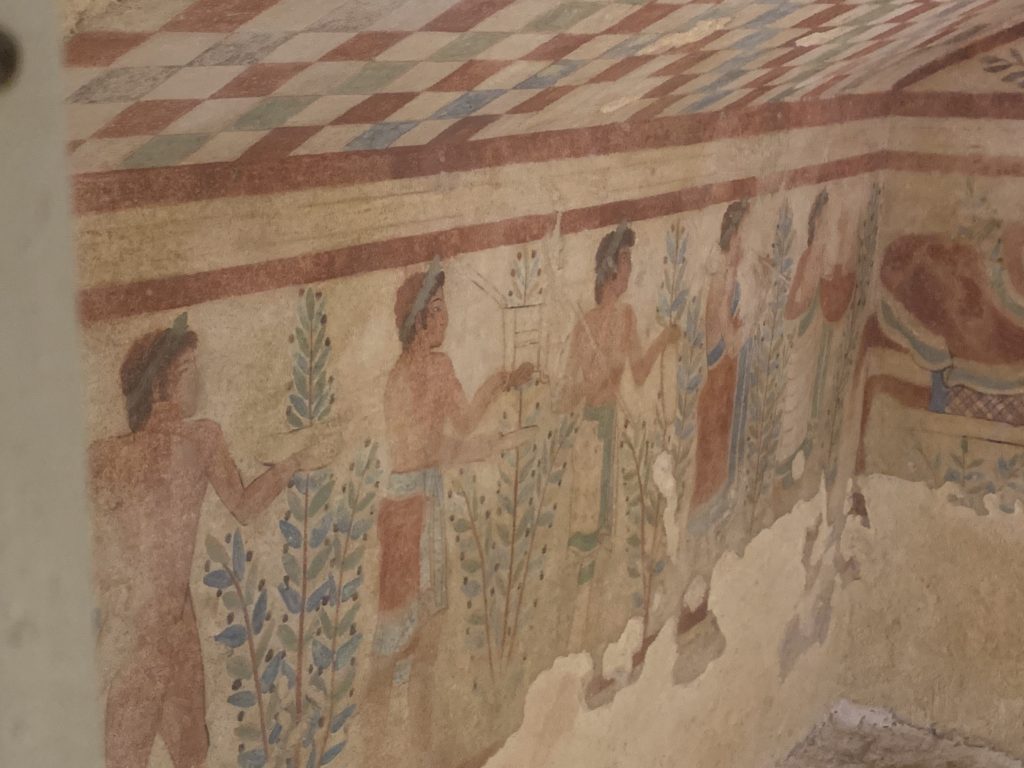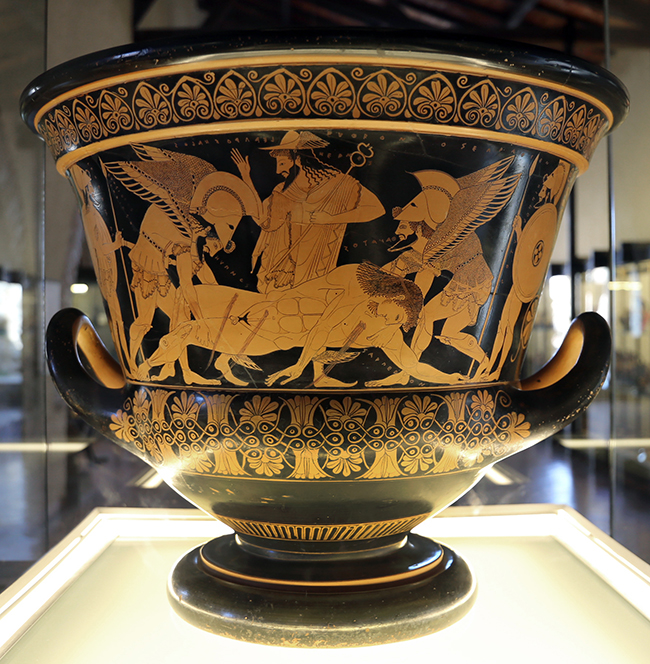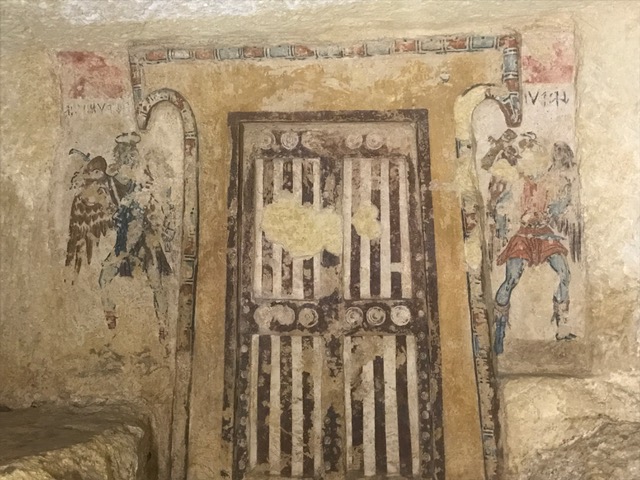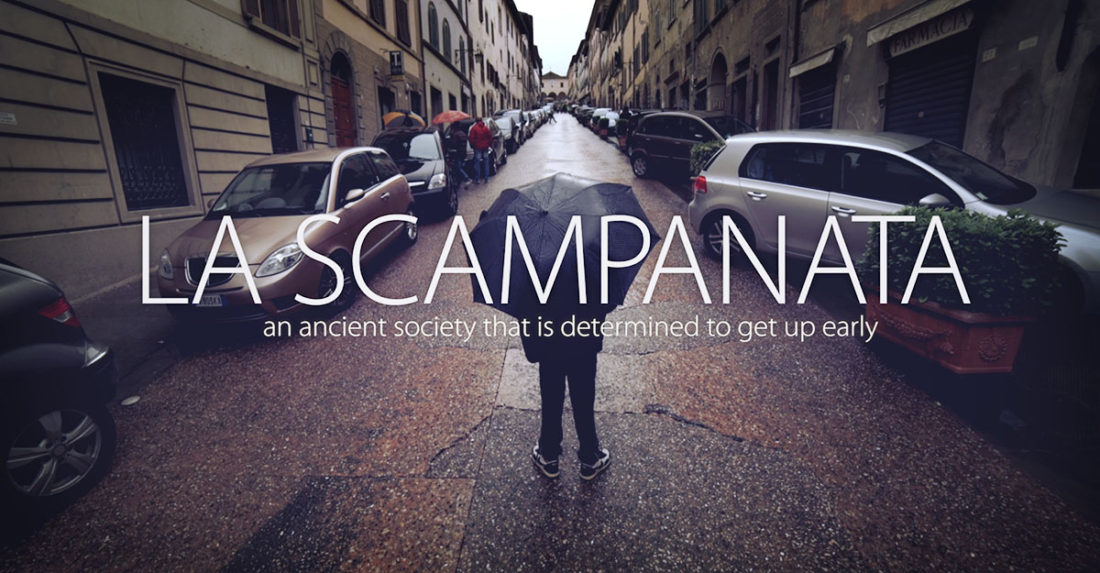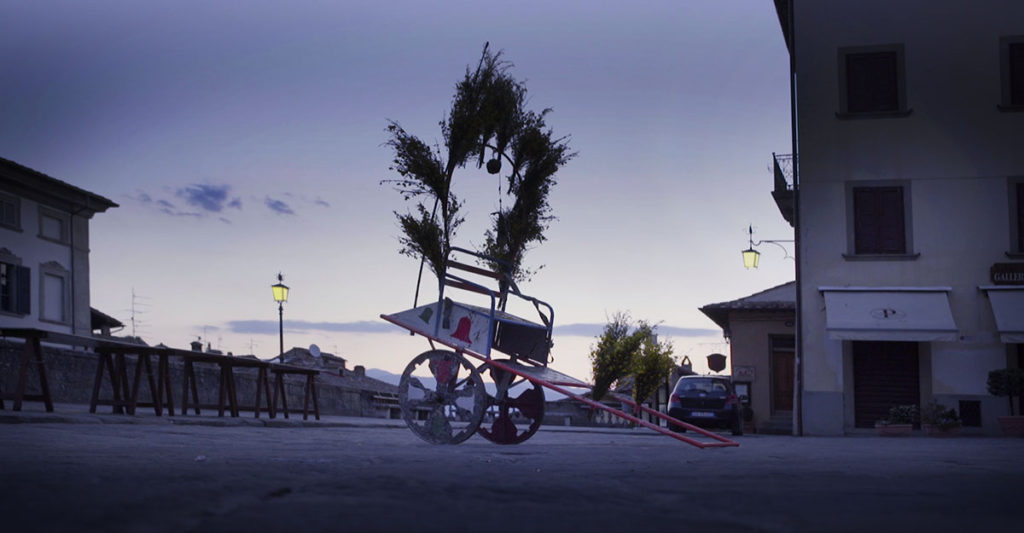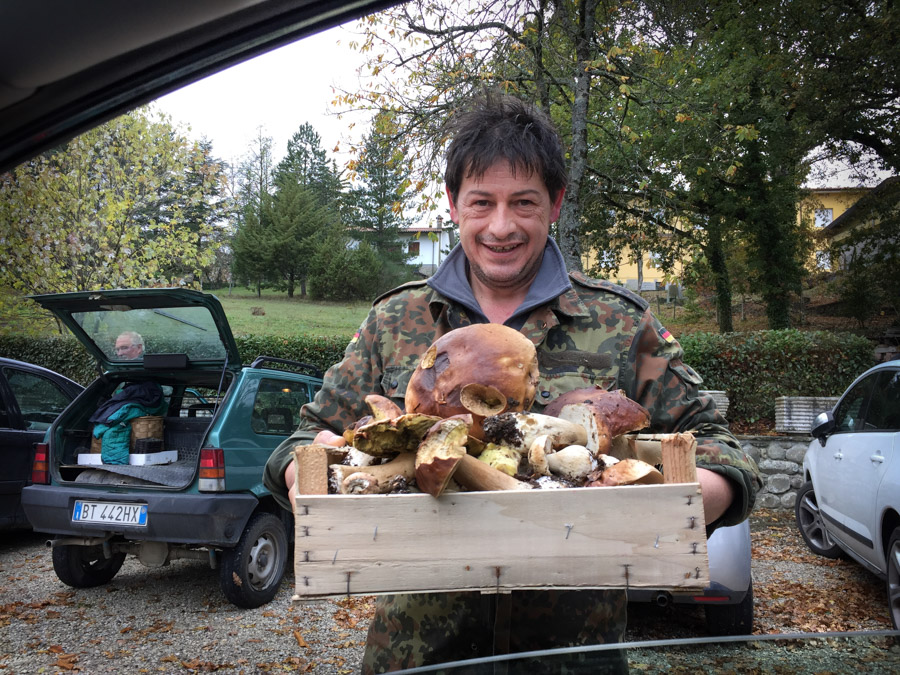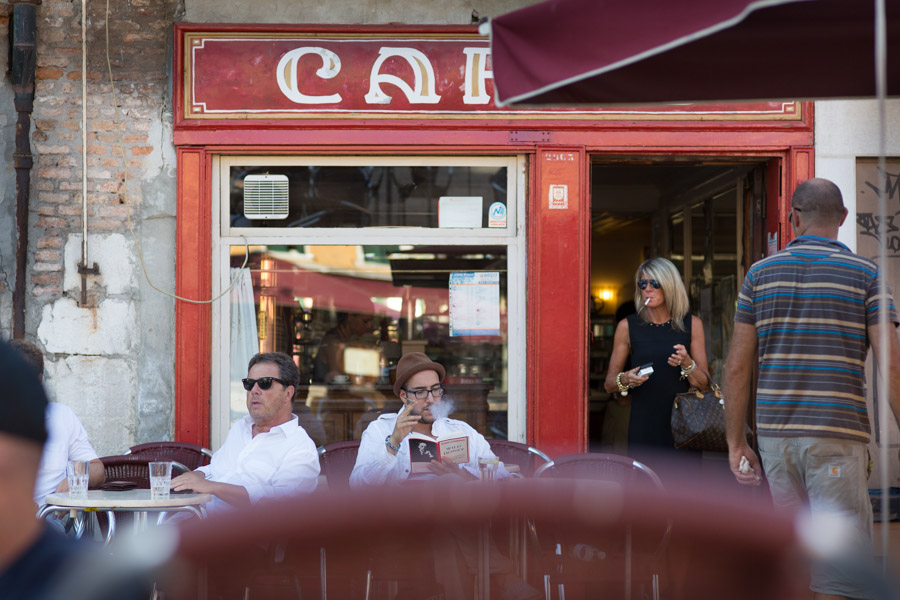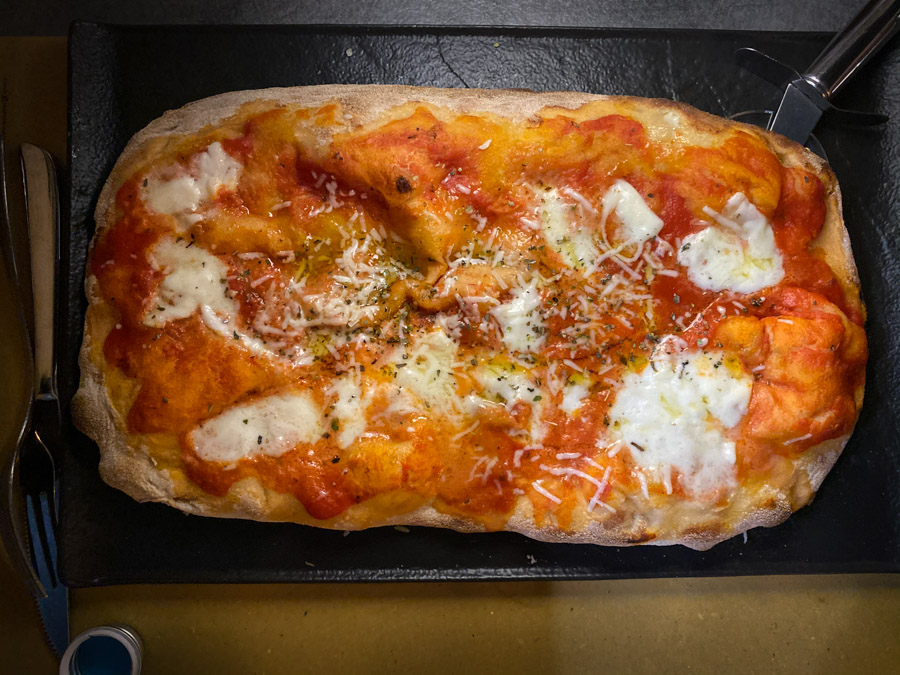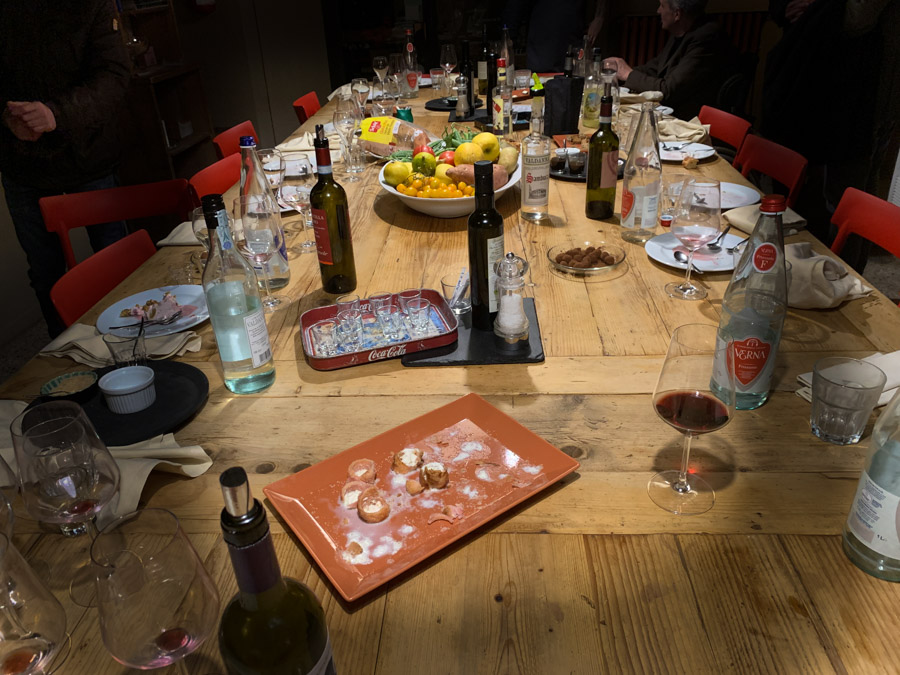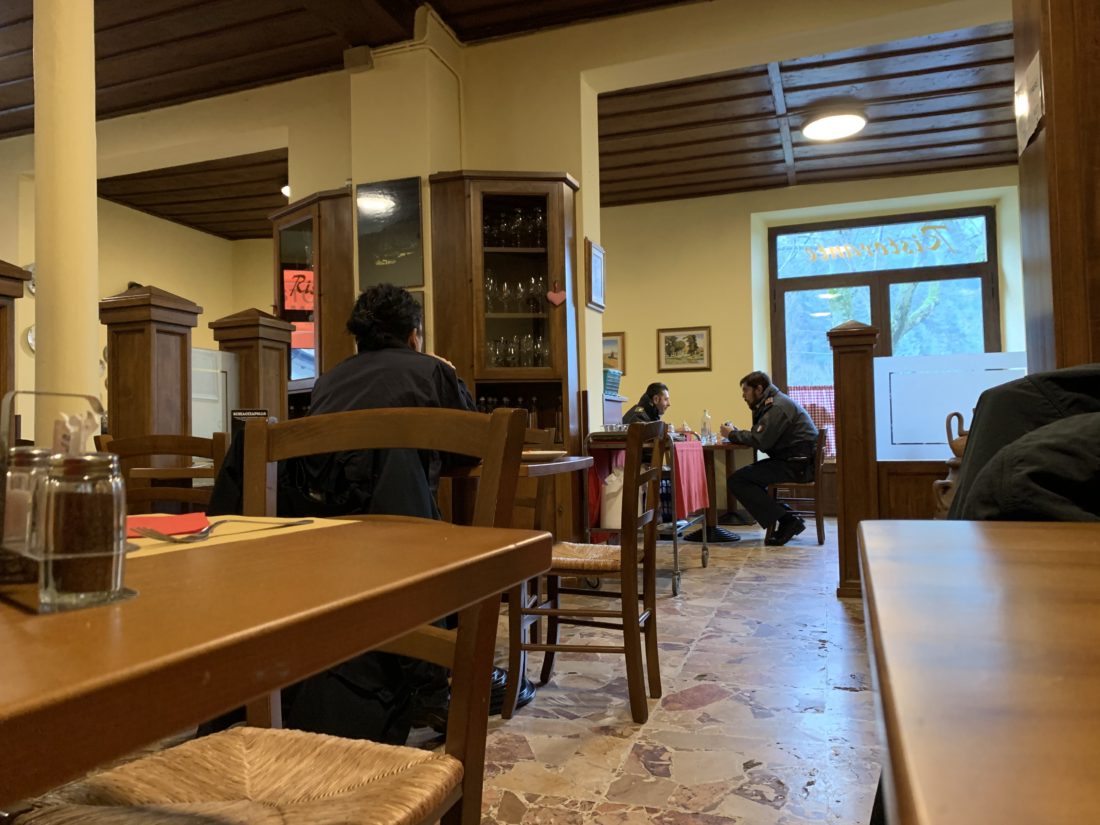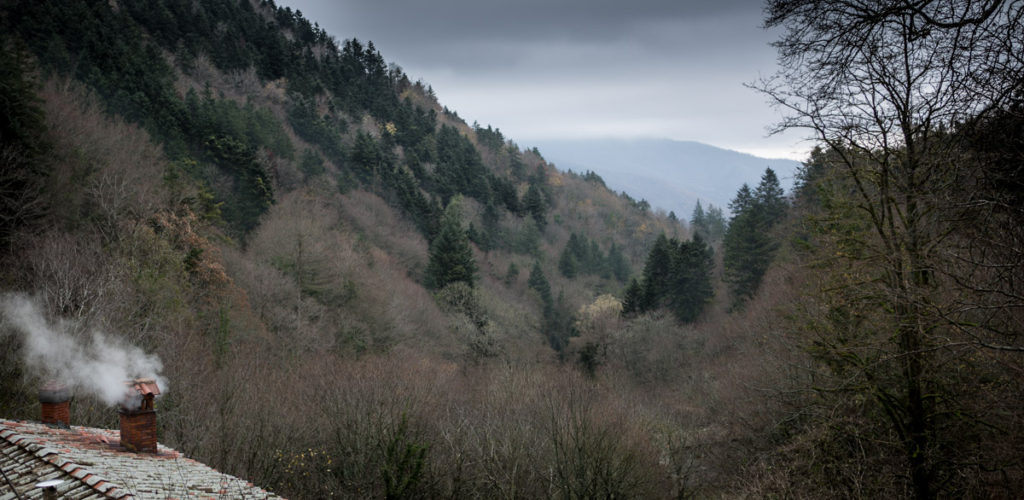Six things that are different in Italy
Observations from my recent, quick trip to the States. After ten years of living in Italy I am often amused by the cultural differences between the US and Italy, and in the ways I’ve gone Italian native.
I didn’t see a single Porsche hearse the whole time I was in California.
Nor a Maserati hearse like the one that has, on occasion, passed me in our village when I was going too slow.
All those wasted parking spots
I was in a multi-level parking garage with a friend in her car and we were driving around looking for a spot. It was painful for me (yes, actually, in a way) to pass all these perfectly good places to put a car that somehow had been overlooked by the people painting the little white lines. For instance, every corner. Huge spot for a car to come in at an angle with no possible problem for the cars on either side to back out. Screw the little white lines. AND NO ONE, NOT ONE SINGLE CAR, WAS PARKING THERE ANYWAY. And we continued spiraling up to level four. My driving has definitely become more Italian. (More observations, and photos, about the Italian gift for parking.)
But I want to buy something
I popped in and out of a variety of small stores during my visit. I’d always pause at the entrance, waiting for eye contact and a greeting by the sales clerk, and that faint nod of permission to enter. Never happened. I’d be the only one in the store and the person standing behind the counter, doing nothing, would not look up and say hi. Or goodbye. Completely ignored me. I have a strong response to this as it feels wrong.
Meanwhile, in France and Italy, one would never enter a store without greeting and being greeted—and not in that creepy “how can I help you” kind of way. Leaving a store in Italy usually involves multiple salutations. There’s almost always an exchange of grazie followed by an arrivederci or ciao, depending on how well you know them, topped off by a buona giornata or buona serata, wishing you a nice morning or afternoon.
This evolved from a long history from when most shopkeepers lived above their stores, so the shop below was an extension of their living space. I can imagine that one would have always paused and waited for that nod to enter, and would always say hello and goodbye. And this tradition of greeting still continues, without fail. Some people still live where they work. Many little businesses exist around us where the family lives over their workshop or small factory.
It’s also a great thing for visitors to France and Italy to pay attention to, otherwise it’s easy to come across as rude. And it just feels nicer to say hello and goodbye to the other humans in the room.
Live to work or work to live?
I got caught up with quite a few friends when I was back and a good bit of the conversation was around work. What was good, what was challenging, what was next. This is a pattern so ingrained in me that I barely notice when I slip back in, and only in retrospect do I realize that in my Italian life work rarely comes up. People talk about vacations, family, food, or complain about bureaucracy, weather, food, or family, but rarely, if ever, is work a topic of conversation. Work is what you do, but not who you are.
And it’s not just this way in Italy. I spend a lot of time in Paris and have been watching in fascination as Macron is attempting to reform the pension system by raising the retirement age from 62 to 64. (France is an outlier in retirement age for Europe, for example, Italy’s is at 67, Germany at 65 and 7 months, and the UK at 66.) France is weathering a storm of protest strikes showing that this reform is a dagger to the heart of many of the French people who see work as a means to an end and don’t want to do it a minute more than necessary.
Does this mean that they are all lazy losers? The story is more nuanced than that. Paris has a thriving startup scene which I would have expected to play by the US rules rather than the European ones. But talking with friends who migrated from the Valley to Paris and invest in startups, the informal rules in France are different. There is less pressure to work unbelievably long hours. The work day tends towards 9-5 or 6, but, according to my friends, the employees work with focus and productivity during this time. They noted that at many large and small technology companies they’d worked in America people were there for longer hours, largely because it was culturally impossible not to, but during those extended days there was some time spent basically goofing off. (This supports every scientific thing I’ve read about the brain’s attention span—it is hard work to think and we can’t sustain it for long spans of time with any effectiveness.) Our friends feel that there is a lot less of this in their subset of French companies. They want to work, get out, and live. This is a tiny, totally unscientific sample, but I found it to be an interesting perspective. For me, it’s probably like so much in life where the art is in the middle. I’d be very curious to hear you opinions on the productivity of the American work till you drop model, and if work at home has changed it or not.
Who is tipping who?
Everytime I am back in the US the screens asking for a tip with a transaction seem more ubiquitous. I get it for people making me something but still cringe a little when I am buying a bottle of water or something else packaged and all they need to do is ring me up. I understand the cost of living pressures and the need for a living wage but the awkward moment that arose every time I paid for anything really got to me, especially as I am out of practice tipping.
Here in rural Italy tipping is just not done. I’ve had wait staff run after me with 20 cents when I’ve rounded up. What happens in most transactions is that they knock something off the total—sometimes quite a bit—because you are a frequent customer. Say you are getting a pizza and it comes to €23 they will often say you can pay €20. And it doesn’t matter if you are paying by cash or card. It scales up from there for more major purchases or work on the house. This happens on a substantial percentage of all transactions, and I’ve even had it happen in big cities. The idea is that you are a valued customer and they want to show their appreciation for your business. Tipping is more common in larger cities and where there are tourists, but what’s appreciated, and I have never felt at all expected, is rounding up. Say a bill comes to €48 it’s nice to leave €50.
I didn’t get called tresora, bella, or cara once
I like these endearments probably more than I should. And it’s not just something that is directed to women. These forms of address are equal opportunity. And often men, even professionals, will call each other darling, greeting each other with a “Caro, come va?” Una bella cosa.


